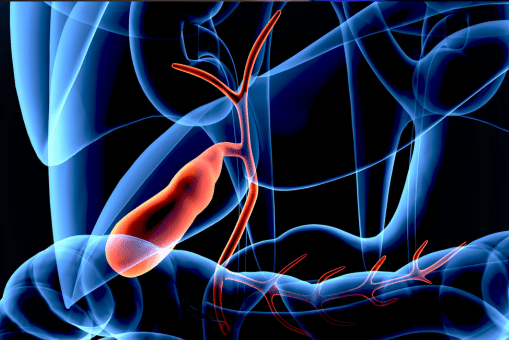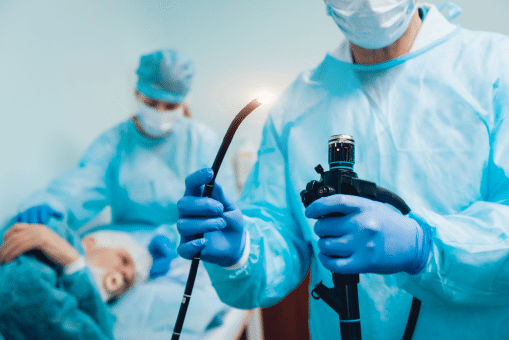Biliary pancreatitis, also called gallstone pancreatitis, is a medical condition that’s caused when pebble-like particles called gallstones block the pancreatic duct. This in turn causes the pancreas to become inflamed.
35% of pancreatitis cases in Australia have been associated with gallstones, and if this condition is left untreated, it could lead to some serious complications.
Causes of gallstone pancreatitis

The main cause of gallstone pancreatitis is the formation of gallstones inside the gallbladder, which is a small sac-like organ used to store bile. These stones sometimes move out of the gallbladder and block the pancreatic duct, causing inflammation and severe pain.
Gallstones may form due to several reasons, such as having too much cholesterol in the blood or because the gallbladder was unable to empty itself fast enough, leading to bile accumulating in it, which eventually crystallises into stones.
Symptoms
The most common symptom of gallstone pancreatitis is severe pain in the upper left region of the abdomen. Other common symptoms may include:
Vomiting
Fever and chills
Pain in the right shoulder
Low blood pressure
Dehydration
Yellowish skin and eyes
The pain can last for a few minutes or a few hours in some cases. If you experience any of these symptoms, you must see a gastroenterologist immediately. Gallstone pancreatitis can turn into a very serious condition if not treated quickly.

Complications
Left untreated, biliary pancreatitis may lead to serious complications, such as digestive enzymes produced by the pancreas and liver backing up into the body, and in some extreme cases, pancreatic necrosis, which causes the tissues of the pancreas to start dying.
Gallstone pancreatitis may also be fatal if it goes untreated.
Treatment
Gallbladder removal surgery

If the symptoms are very severe, doctors usually recommend surgery to have the gallbladder removed. This surgery is done using general anaesthesia and it has a high success rate.
Endoscopic retrograde cholangiopancreatography

This procedure involves widening the opening of the bile duct, using a heated wire or making an incision. Doing this allows the gallstones to be removed easily or lets them pass out by themselves.
Medication

If the gallstones are not very large and they don’t have any calcium, doctors may prescribe medication to dissolve them. These medications may need to be taken for a long time to see results.
Speak to a professional gastroenterologist today
Dr Suhirdan Vivekanandarajah is a highly experienced gastroenterologist based in Sydney. He has extensive training in providing his patients with the best medical treatment for many kinds of digestive conditions. If you’re in need of support for a gastrointestinal medical condition like biliary pancreatitis, schedule an appointment today.
